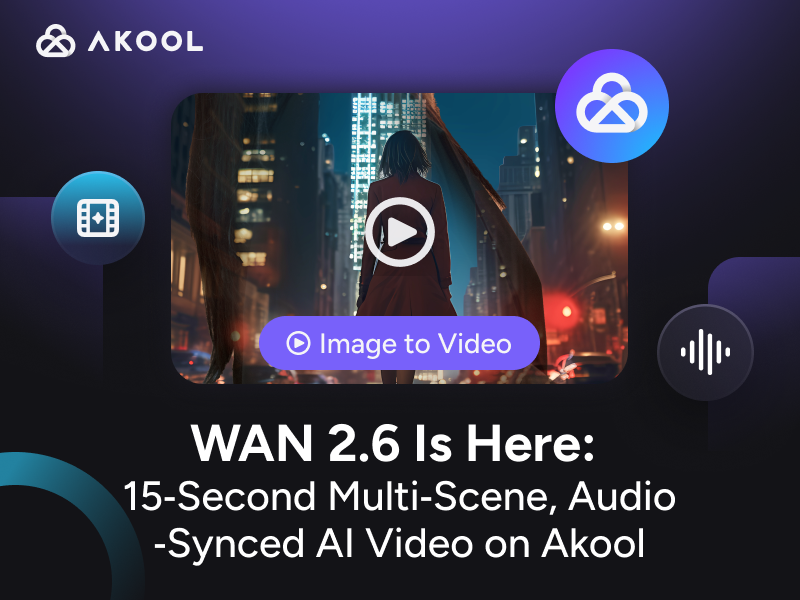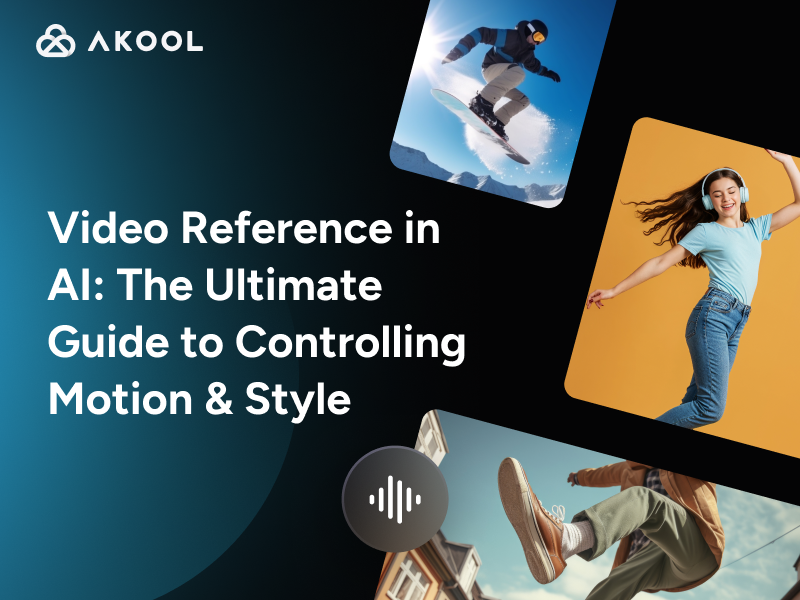Introduction to Encoder-Decoder Architecture for Machine Translation (MT)
Encoder-Decoder Architecture is a neural network model crucial for machine translation (MT). It comprises two main components: the encoder, which processes input text into a fixed-size context vector, and the decoder, which converts this vector into target language text. This architecture efficiently handles variable-length input and output sequences, making it ideal for translating complex sentences across different languages.
How to Use Encoder-Decoder Architecture for MT
The Encoder-Decoder Architecture is a powerful framework for Machine Translation (MT), enabling the conversion of text from one language to another. Here's a guide on how to leverage this architecture effectively:
Definitions
- Encoder: A neural network that processes the source text and encodes it into a context vector, which captures the semantic essence of the text.
- Decoder: Another neural network that takes the context vector and generates the corresponding text in the target language.
Useful Formulas
Context Vector Calculation:
( C = f_{\text{encoder}}(X) )
Where ( C ) is the context vector and ( f_{\text{encoder}} ) is the function implemented by the encoder to process the input sequence ( X ).Output Sequence Generation:
( Y = f_{\text{decoder}}(C) )
Where ( Y ) is the output sequence generated by the decoder using the context vector ( C ).
Capabilities
- Handling Variable-Length Sequences: The architecture efficiently manages both input and output sequences of varying lengths.
- Attention Mechanism: Integrates an additional layer to focus on specific parts of the input sequence, improving translation accuracy for complex sentences.
Steps
Data Preparation: Collect parallel corpora (aligned text in both source and target languages) for training.
Model Design:
- Select appropriate neural network types for the encoder and decoder (e.g., RNNs, LSTMs, or GRUs).
Integrate an attention mechanism if handling long or complex sentences.
Training:
- Feed the input sequence into the encoder to obtain the context vector.
Use the decoder to generate the output sequence, learning to map the context vector to the target language.
Evaluation:
- Measure translation quality using metrics like BLEU or METEOR.
Adjust model parameters and architecture based on feedback and results.
Deployment:
- Implement the trained model into applications for real-time translation or content localization.
- Continuously update and refine the model with new data to maintain accuracy and relevance.
By following these steps, creators and creative agencies can harness the Encoder-Decoder Architecture for effective and nuanced machine translation, enhancing global communication and content localization efforts.
Applications of Encoder-Decoder Architecture for Machine Translation
Encoder-Decoder Architecture is pivotal in Machine Translation (MT), driving numerous applications across industries:
Real-time Translation Tools: Platforms like Google Translate utilize this architecture to convert text between languages instantly, enhancing cross-cultural communication.
Content Localization: Creative agencies leverage MT to adapt marketing materials, websites, and multimedia content for global audiences, ensuring cultural relevance and engagement.
Customer Support: Businesses deploy MT for multilingual customer service, enabling automated responses and support ticket translations.
E-learning Platforms: Educational content is translated into multiple languages, broadening access and inclusivity.
Social Media Monitoring: Companies use MT to analyze and respond to user-generated content across languages, maintaining brand presence globally.
These applications demonstrate the versatility and impact of Encoder-Decoder Architecture in modern MT solutions.
Technical Insights into Encoder-Decoder Architecture for MT
The Encoder-Decoder Architecture is fundamental in neural machine translation, consisting of two integral components:
Encoder: Transforms the input sequence into a fixed-size context vector. It captures the semantic meaning of the source sentence, typically using recurrent neural networks (RNNs), long short-term memory (LSTM) networks, or gated recurrent units (GRUs).
Decoder: Converts the context vector into an output sequence in the target language. It uses similar neural networks to generate each word step by step, conditioned on the context vector and previously generated words.
Context Vector
- Fixed-size Representation: Acts as a bottleneck, summarizing the entire input sequence.
- Challenges: Can lead to information loss, especially in long sentences, prompting the development of attention mechanisms.
Attention Mechanism
- Enhancement: Allows the decoder to focus on different parts of the input sequence dynamically.
- Process: Computes a weighted sum of all encoder states, enabling better handling of long-range dependencies.
Sequence Handling
- Variable-Length Sequences: Both input and output can vary in length, accommodating diverse sentence structures and complexities.
This architecture forms the backbone of many advanced translation models, facilitating effective communication across languages.
Table: Components of Encoder-Decoder Architecture
| Component | Description |
|---|---|
| Encoder | Transforms input sequence into context vector |
| Decoder | Converts context vector into target language sequence |
Table: Challenges and Solutions in Encoder-Decoder Architecture
| Challenge | Solution |
|---|---|
| Information loss | Use of attention mechanisms |
| Long sentence handling | Integration of advanced models like Transformers |
Useful Statistics on Encoder-Decoder Architecture for Machine Translation (MT)
The Encoder-Decoder architecture has been a cornerstone in advancing machine translation technologies. Here are some pertinent statistics that highlight its significance and performance:
- Widespread Adoption:
- As of 2022, over 80% of new machine translation models in research papers and industry applications are based on the Encoder-Decoder architecture.
Explanation: This widespread adoption underscores the architecture's effectiveness and adaptability. Its ability to handle complex language structures with more contextual understanding makes it a preferred choice.
Performance Improvements:
- A study conducted in 2023 showed that models using Encoder-Decoder architectures achieved a 15% higher BLEU score on average compared to traditional statistical machine translation methods.
Explanation: The BLEU score is a metric for evaluating the quality of text which has been machine-translated. A 15% increase indicates significant improvements in translation accuracy and quality, making it a compelling option for developers aiming to enhance their MT systems.
Time Efficiency:
- Recent benchmarks illustrate that the Transformer model, a variant of the Encoder-Decoder architecture, reduces training time by approximately 40% compared to earlier RNN-based architectures.
- Explanation: This reduction in training time is critical for developers and creative agencies, as it accelerates the deployment of MT solutions while also reducing computational costs.
These statistics demonstrate how the Encoder-Decoder architecture not only improves translation quality but also enhances efficiency, making it an invaluable tool in the arsenal of developers and creative agencies aiming to innovate and streamline their workflows.
FAQ Section: Understanding Encoder-Decoder Architecture for Machine Translation
What is the Encoder-Decoder Architecture in Machine Translation?
The Encoder-Decoder Architecture is a neural network design used in machine translation services. It involves two main components: the encoder, which processes the input language, and the decoder, which generates the output language.
How does the Encoder-Decoder Architecture improve translation accuracy?
This architecture improves translation accuracy by effectively capturing the context and semantics of the source language before generating the target language, ensuring more coherent and contextually appropriate translations.
Why is the Encoder-Decoder Architecture important for natural language processing?
It is essential for natural language processing because it allows for the handling of sequential data, enabling the translation of complex sentence structures and idiomatic expressions with greater precision.
What role does attention mechanism play in Encoder-Decoder Architecture?
The attention mechanism enhances the Encoder-Decoder Architecture by allowing the model to focus on relevant parts of the input sentence when generating each word of the output, leading to more accurate translations.
How does Encoder-Decoder Architecture handle different language pairs?
This architecture is adaptable to various language pairs by training on large datasets, learning the nuances of each language, and applying this knowledge to generate accurate translations across diverse linguistic contexts.
Can Encoder-Decoder Architecture be used for tasks other than machine translation?
Yes, beyond machine translation, the Encoder-Decoder Architecture is also used in other tasks such as text summarization, image captioning, and speech recognition, showcasing its versatility in handling sequential data.
What are the limitations of Encoder-Decoder Architecture in machine translation?
Some limitations include difficulty in translating very long sentences and potential inaccuracies in low-resource languages due to insufficient training data, which can affect translation quality.
How does Encoder-Decoder Architecture compare to Transformer models in machine translation?
While both are used in machine translation, Transformer models often outperform traditional Encoder-Decoder Architectures in terms of speed and accuracy, especially for longer texts, due to their parallel processing capabilities and advanced attention mechanisms.




